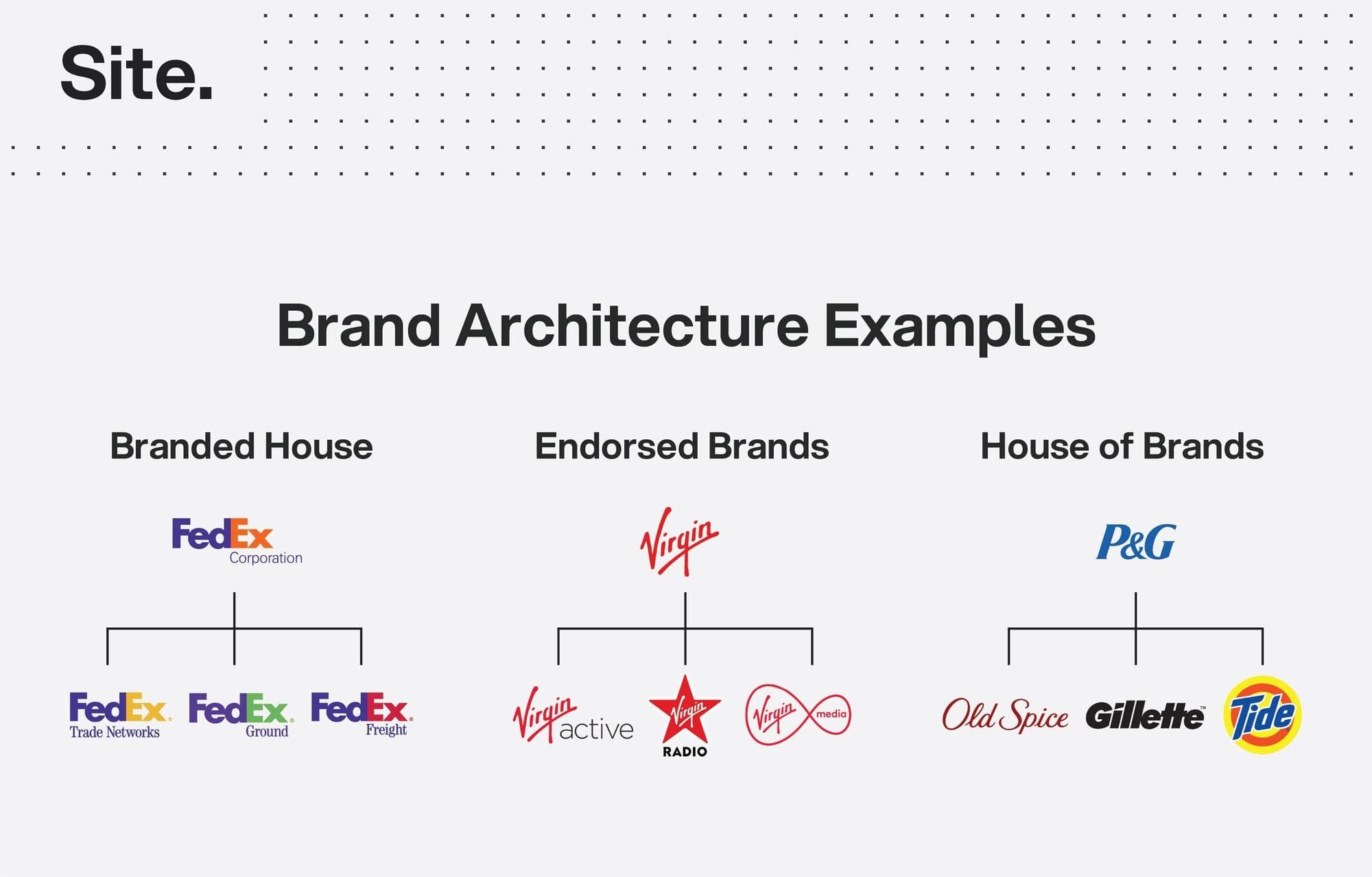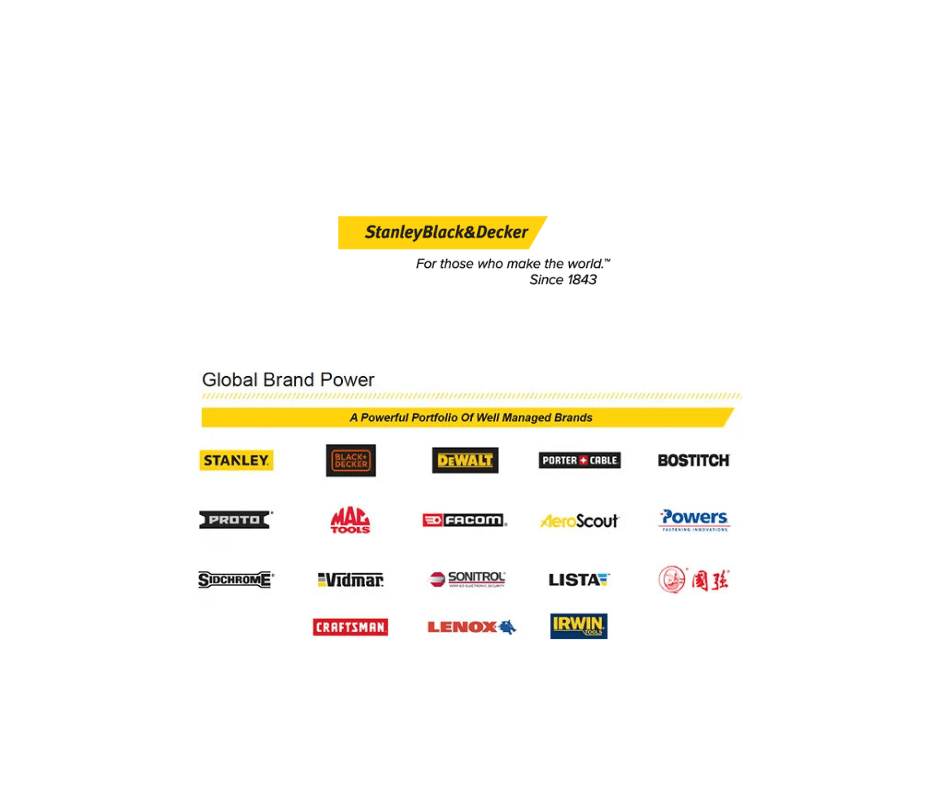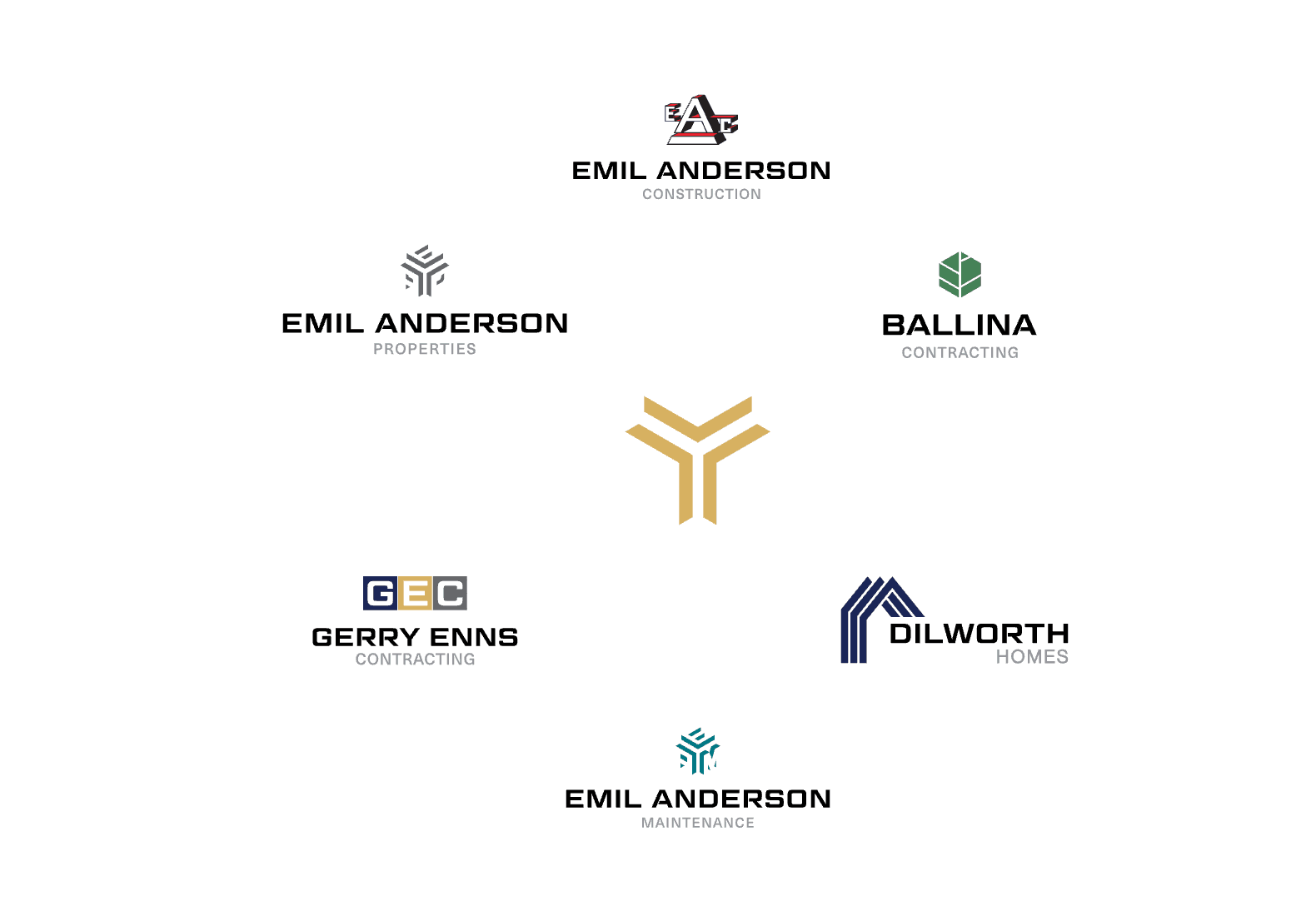Choosing the right brand architecture strategy, whether it’s a Branded House, Endorsed Brand, House of Brands, or a Hybrid approach, is crucial for industrial businesses that need to clearly convey their offerings, enhance brand equity, and proactively position themselves for future growth.

What is Brand Architecture?
In addition to telling your story as an industrial brand, there’s another core component that influences how others perceive your business: your Brand Architecture. To put it simply, Brand Architecture is how your company organizes, connects, and manages its brands.
Expanding on this, Brand Architecture Strategy is like the blueprint for your brand family, and it’s a foundational element for companies that offer more than one service or product. Without this strategy in place, things can quickly get messy and difficult to rein in as you grow and transform.
So, how do you know which Brand Architecture Strategy is best for your business? First, we need to explore the four most common brand architecture strategies and showcase each of their strengths and weaknesses.
Four Types of Brand Architecture Strategies
1. Branded House
2. Endorsed
3. House of Brands
4. Hybrid
1. Branded House
One brand, one voice.
In a Branded House, you use a single, strong parent brand across all products and services. Every division shares the same core identity and visual style.
Pros:
- One cohesive brand is easier to manage
- Builds strong brand equity quickly
- Unified message for customers and stakeholders
Cons:
- Higher risk, as issues with one service can impact the entire brand
- Can struggle to speak clearly to multiple distinct audiences
Example:
A great example of this brand architecture is Delta Water Products. When working with them, we explored how their strong central identity could serve as a unifying platform for ongoing growth. Delta’s name, symbolic of convergence and transformation, provided a meaningful foundation for building a cohesive brand system. By reinforcing the Delta identity across business units (Delta Water Products, Delta Arndt, Delta Watertec, and Delta Irrigation), we helped articulate a future-forward vision that could scale alongside the company’s ambitions.
2. Endorsed
Independent brands backed by a trusted parent.
Endorsed brands stand mostly on their own, but they leverage the credibility of a parent brand. Each endorsed brand has a distinct identity while clearly communicating affiliation with its parent brand.
Pros:
- Balances independence with credibility from the parent brand
- Easier to isolate risks from one brand affecting another
- Ideal for targeting varied audiences with specific products/services
Cons:
- Higher marketing costs for multiple distinct brands
- Requires significant resources to sustain distinct identities
Example:
Finning is an excellent example of this brand architecture in action. As one of the largest CAT equipment suppliers and renters in the world, Finning is synonymous with quality service and full-scale solutions. While they’re very much their own entity with their own reputation and strengths, they further add to their brand’s perception by leveraging the strength of CAT in their logo and other branded materials. It’s important to note that CAT does not own Finning, but they are often regarded as related entities that target the same audiences.

Another industrial example of this is architecture in action is Site. The parent brand (Site.) directly informs all sub-brands within the structure. In this case, it informs business units, including SiteTechnology, SiteTalent, SiteNews, SitePursuits, and can inform future units within the company.


3. House of Brands
Independent brands under one corporate roof.
In a House of Brands, each brand operates separately and independently, often in unrelated markets or product categories. Customers might not even realize these brands share ownership.
Pros:
- Highly targeted brands, ideal for varied audiences
- Risks are contained to individual brands and don’t impact the entire company
Cons:
- No shared brand equity, so each brand needs to earn its own recognition
- Resource-intensive, as each brand needs a distinct marketing budget and support
Example:
Stanley Black and Decker is one of the most prolific examples of House of Brands architecture in the industrial sector. While Stanley Black and Decker is the corporate parent entity, many distinct brands—each with its own identity, following, and market reputation—operate under its umbrella. These brands include heavy hitters like DeWalt, Craftsman, Stanley, Black + Decker, Lenox, and Irwin.

4. Hybrid
A flexible blend of strategies.
A Hybrid approach combines elements of Branded House, Endorsed, or House of Brands architectures. This is a common approach for industrial businesses, especially those growing through acquisitions, mergers, new product offerings, or entering new markets.
Pros:
- Highly adaptable as your business evolves
- Offers strategic flexibility to address different branding needs
Cons:
- Can become complex without disciplined management
- Needs clear rules to avoid confusion internally and externally
Example:
A great example of hybrid brand architecture in action is our collaboration with the Emil Anderson Group. As a company with a deep history in road and transportation infrastructure, Emil Anderson presented a unique opportunity to build cohesion across what had become a more diverse range of building services and brands.
Rather than reworking their visual identity, we focused on unifying the organization around a central narrative: “Community Driven.” This story now serves as a connective thread between divisions, helping align internal teams and communicate a shared purpose externally. It’s a powerful demonstration of how brand architecture can align mindset just as much as it aligns messaging.

How Do You Choose the Right Brand Architecture for Your Business?
There's no single right answer here, as the best choice for your brand will vary based on your business goals, products, and markets. In most cases:
- Smaller or specialized industrial businesses do best with Branded House.
- Growing companies with distinct but related products often choose Endorsed Brands.
- Larger industrial conglomerates with diverse portfolios typically go with a House of Brands or a Hybrid strategy.
But remember, brand architecture isn't set in stone. It can (and often should) change as your business grows and your markets shift.
Need Help Defining Your Brand Architecture Strategy?
At Site, we help industrial businesses clarify their brands and achieve strategic growth. If you’re ready to get started, we’re ready to support you at every stage of the branding process. Get in touch today, and let's build the right brand architecture for your business.


